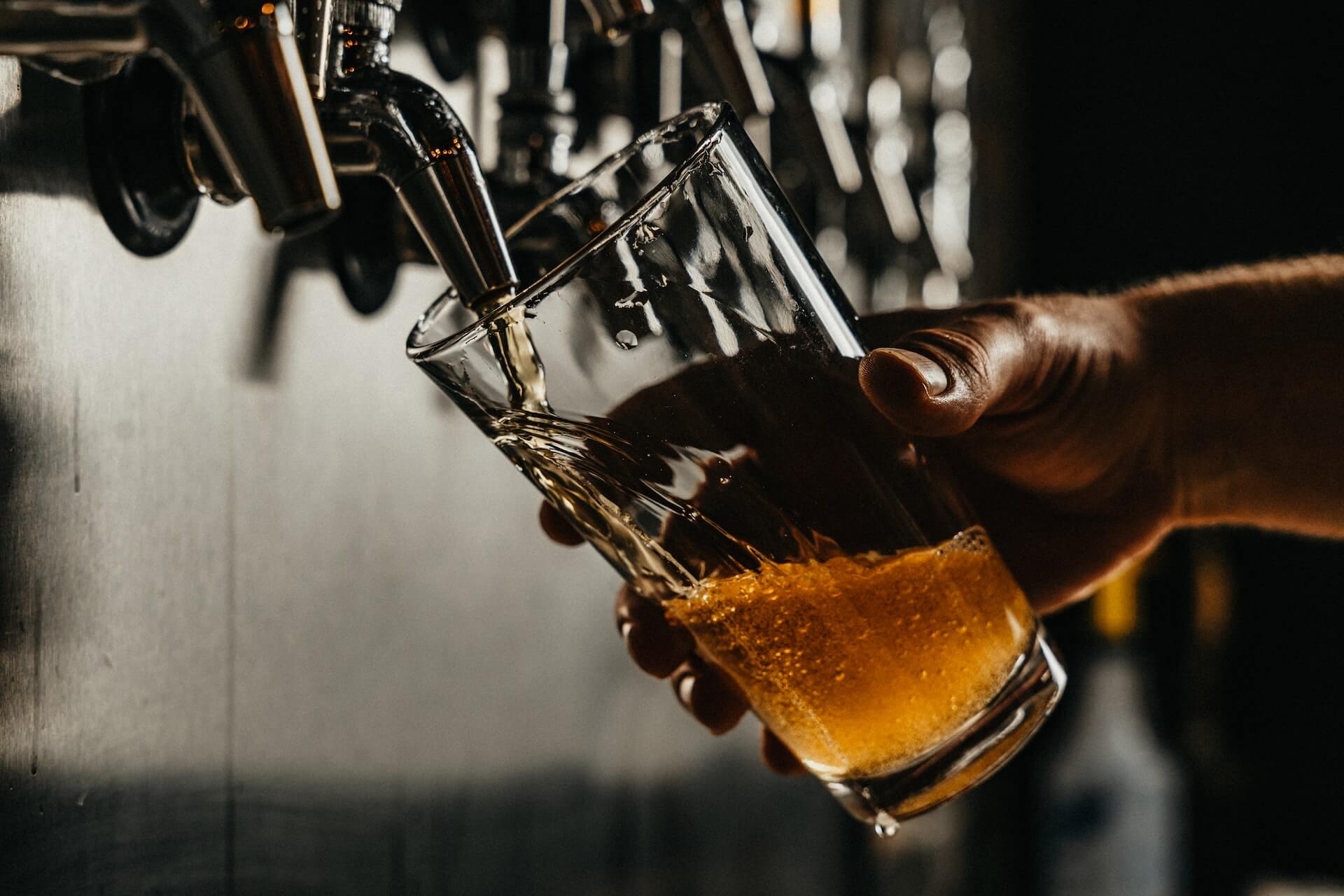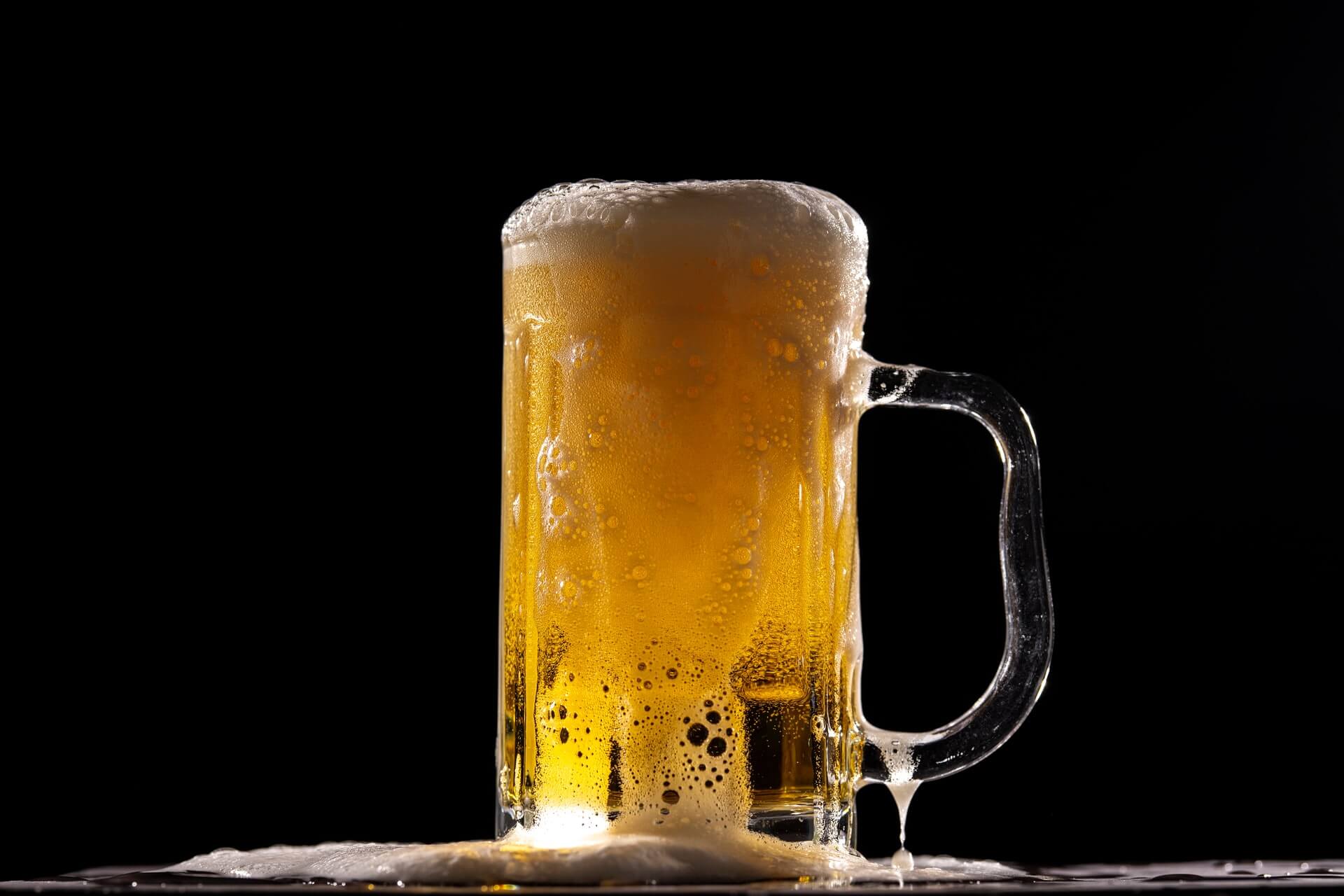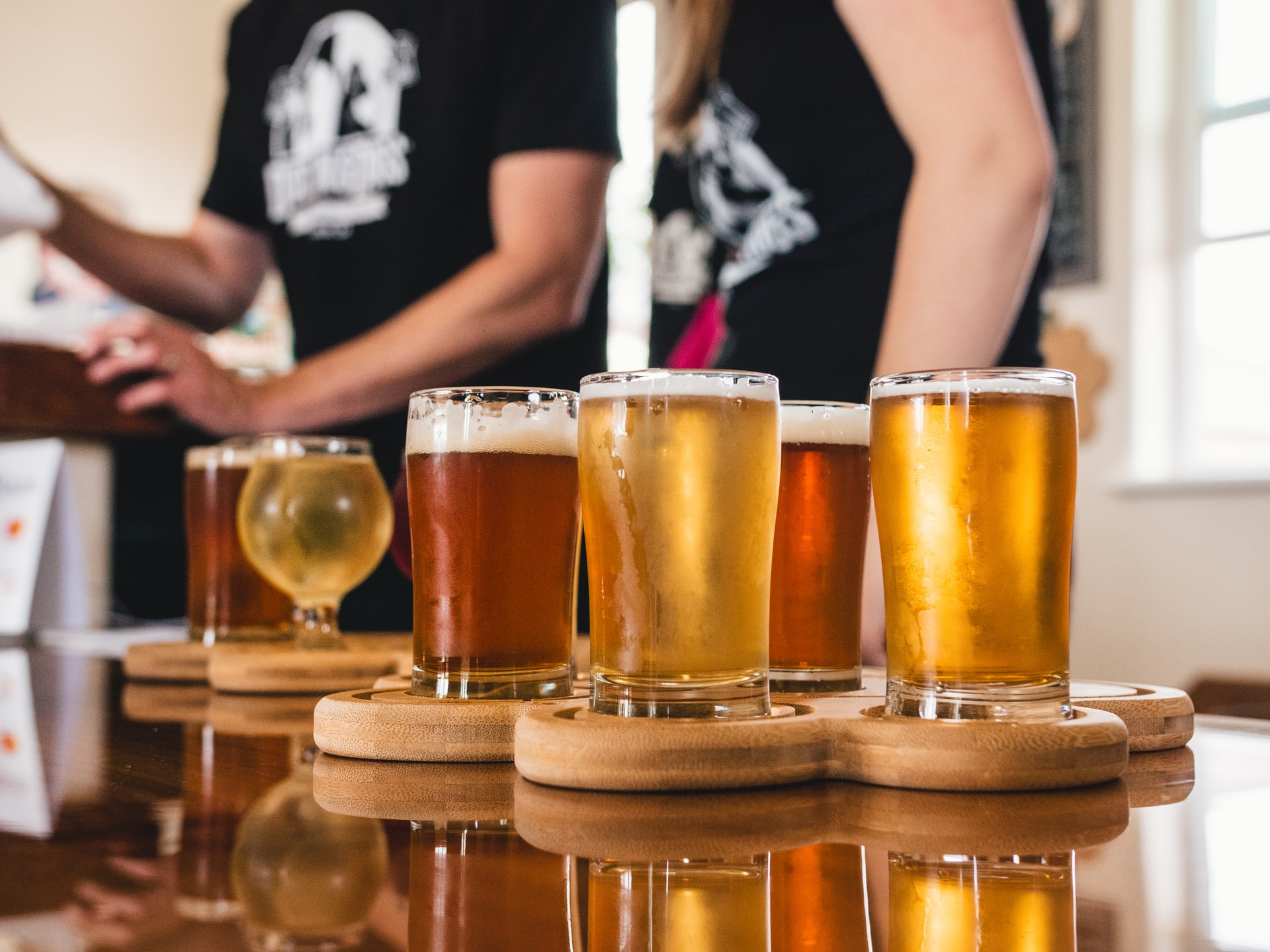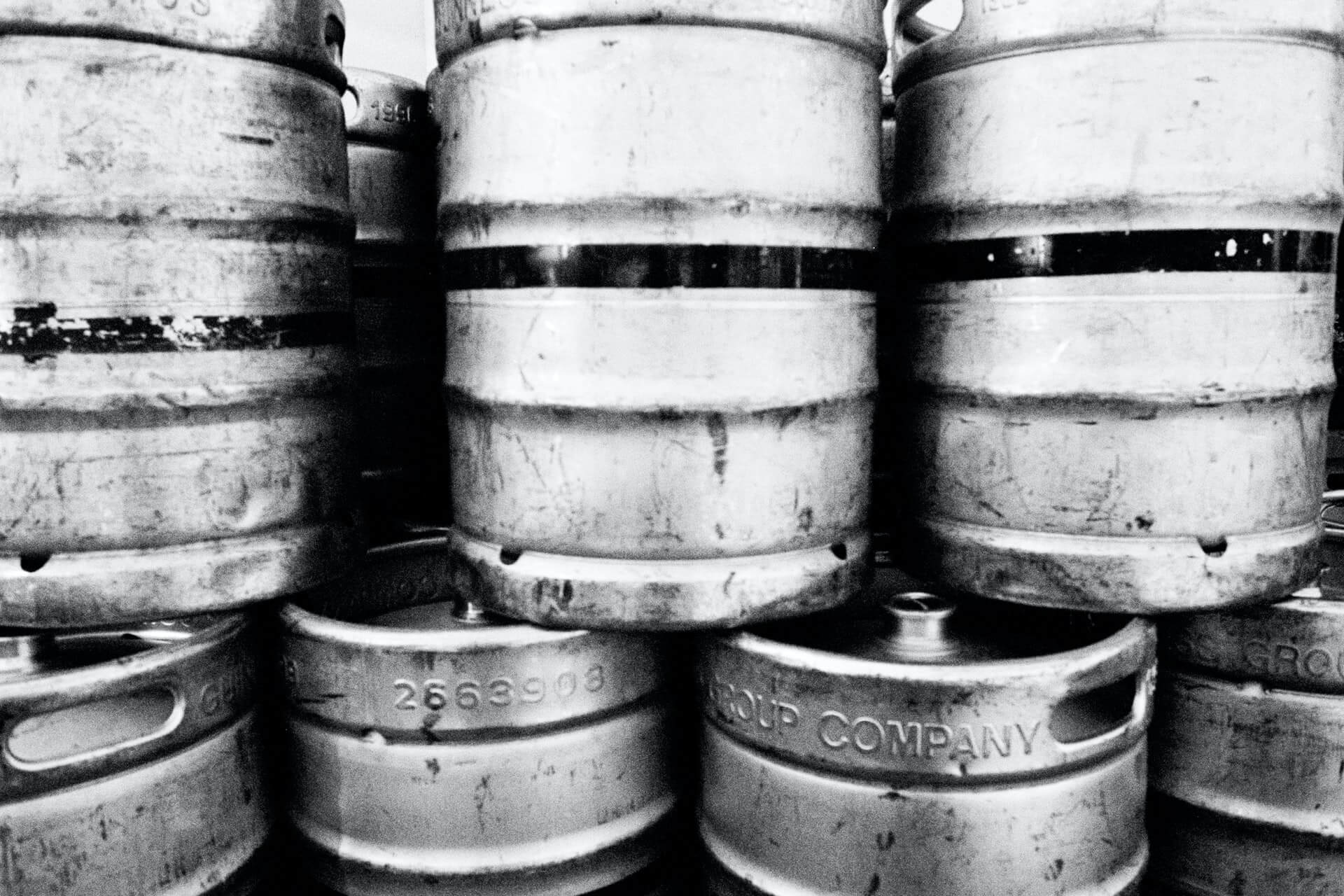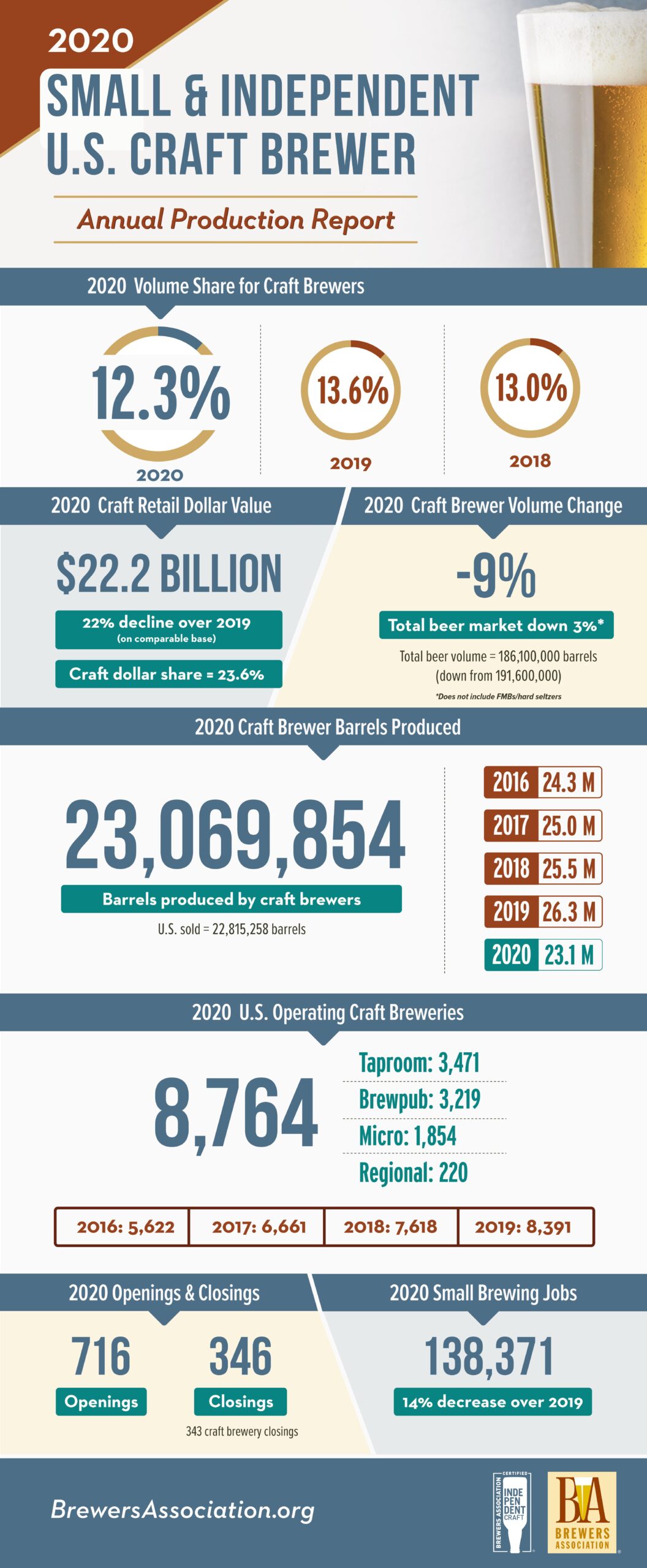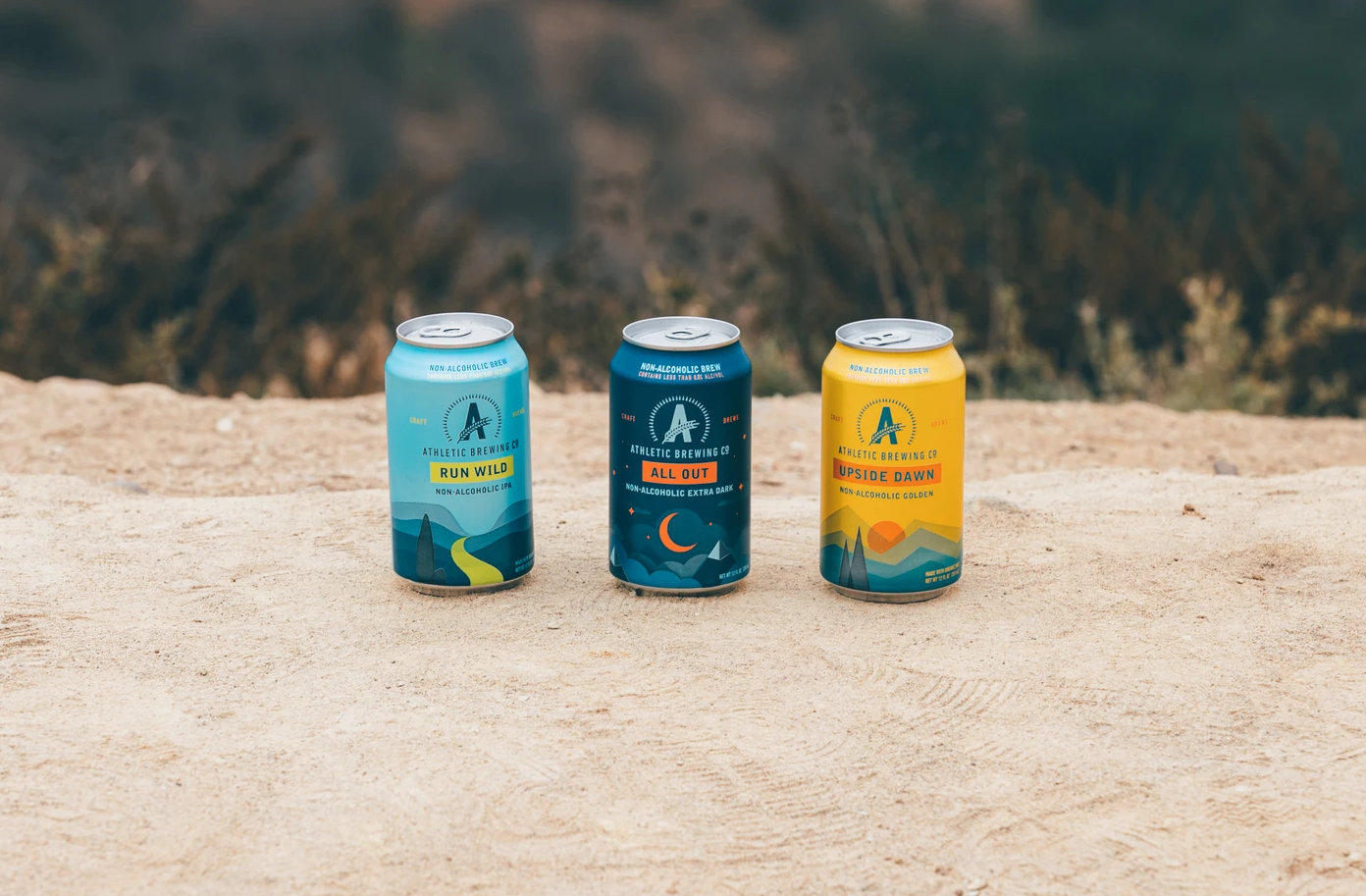Learn to Homebrew Day Returns on November 5
by David Klemt

On Saturday, November 5, the American Homebrewers Association and brewing and fermenting fans will celebrate the 24th annual Learn to Homebrew Day.
If you’re not familiar with this holiday, it’s not difficult to understand or participate. As the name implies, Learn to Homebrew Day is about learning how to brew beer at home. More accurately, it’s about learning the science and process of brewing beer yourself.
Participation is simple: All participants follow the same recipe, which the American Homebrewers Association (AHA) provides. This year, the recipe will (perhaps “should” is more apt, depending on your ability to follow instructions) produce one gallon of Hoppy Amber Ale.
According to Northwest Beer Guide, this ale sends Amber into the IPA space and is a great brew for experts and neophytes alike.
Learn to Brew
Established in 1999, Learn to Homebrew Day isn’t difficult in terms of taking part. In fact, pledging to participate also gets you $5 off an annual AHA membership.
One perk that caught my eye is access to a database of myriad homebrew recipes, including ciders and meads.
For this year’s holiday, the AHA provides the recipe. Additionally, the association provides several resources to help homebrewers, inluding:
- tutorials, such as “All-Grain (Batch Sparge) Homebrewing” and “All-Grain (Brew in a Bag) Homebrewing.”
- lists of must-have and nice-to-have brewing equipment;
- a search engine to help participants find necessary equipment in their area; and
- a link to the Facebook page for Grainfather, a manufacturer of top-quality, technologically enhanced smart homebrew equipment.
Speaking of social media, make sure to follow the AHA on Instagram ahead of November 5.
Interestingly, while the AHA has “American” in its name, there are international participants. According to the AHA website:
- there are, as of October 23, 147 people pledging to participate;
- the 147 participants are from nine countries;
- participants span 36 states and territories;
- and participants have pledge to brew 925 gallons.
Why Participate
So, let’s say you’ve never brewed your own beer at home. “Why,” you may be asking yourself, “should I take part in Learn to Homebrew Day this year?”
One good reason is that if you’re reading this, you likely play a role in the food and beverage. Beer, of course, is a huge part of the F&B world. And there’s no arguing that craft beer and microbrews are very important to many restaurants and bars.
Gaining the ability to understand and speak intelligently about the products you sell is of great benefit to all F&B and hospitality professionals. Today’s guest knows much more than they ever have before. Many want to engage the front-of-house team members who serve them about what they’re consuming.
If you’re an operator or leader of the membership team—particularly of a venue with a serious focus on beer—encourage your teams to take part. There’s no downside to gaining knowledge of and experience with the products they serve to guests.
Another great reason to participate? It’s going to be fun. That may seem like a shallow or flippant reason. But think about this: How many stories of craft brewers, craft breweries, brewpubs, and taprooms start with trying out homebrewing?
Learn to Homebrew Day may just spark your next great idea. That idea may be kicking off your microbrewery or brewpub ownership adventure.
If you love (or even just like) beer, follow this link to learn more about Learn to Homebrew Day. Happy brewing!
Image: by George Cox on Unsplash

